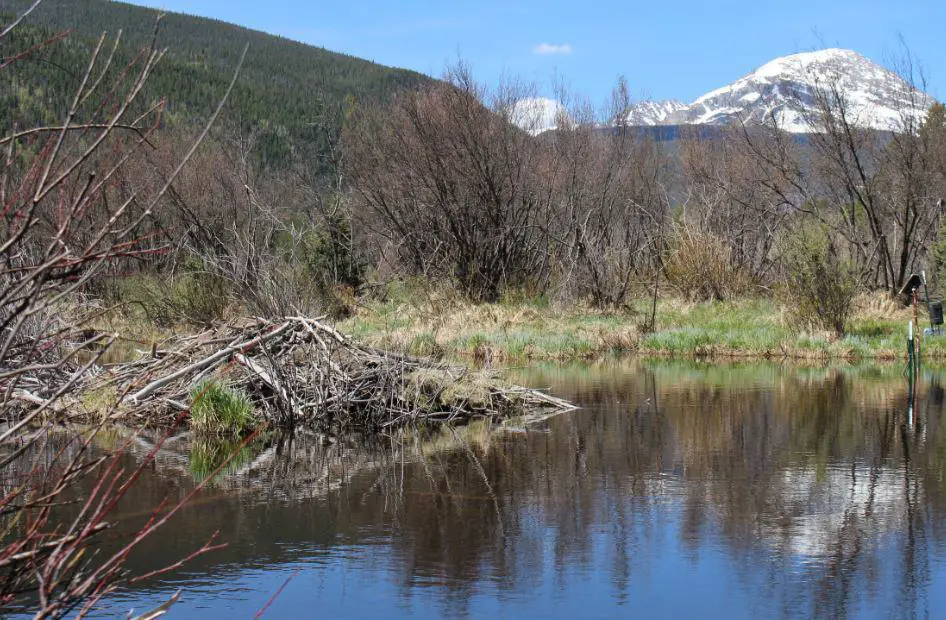Beavers play a significant role in ecology by assisting in managing untamed streams. Beaver numbers were formerly dangerously low, but the creatures are now more firmly established in their natural habitat due to conservation initiatives. Both when they are in use and when they are not, beaver ponds provide a variety of advantages. Because they provide feed, shelter, and support for certain plant species, beaver habitat protection is essential. A pond created by a beaver dam may become a diversified, thriving wetland with little human intervention.

In the past, beavers were frequently caught for their fur, significantly reducing their number. The creatures formerly faced danger due to habitat degradation caused by humans. However, they have come back and played a crucial role in maintaining healthy waterways and promoting wild species.
Many aquatic invertebrates, fish, animals, and vegetation may be found in beaver habitats. The beneficial effects of these animals’ dams may be safeguarded through beaver management.
Advantages of Beaver Habitat
Dams are dwellings built by beavers. They successfully halt a flowing stream with their tiered constructions of logs, sticks, and other items. As a result, the water downstream becomes cleaner and offers habitat, breeding, nesting grounds, and food from riparian and aquatic plants.
For 30 years, beaver dams have been regarded as active. Older trees have passed away, broken off, or been felled during the last stages of the “active” era. This results in a broader pond and a more open, less shaded setting. After abandonment, the dam will fail, and wet woods will replace the pond. Even when a dam is removed, it still has advantages. For certain species, the logs provide shelter and holes. As damp bottomland grows over time, it becomes home to many plant and animal species. While owls, songbirds, and bats hunt for food, nesting birds feed in the water and vegetation. Particularly wood ducks choose to nest and brooding locations close to an ideal environment for ducklings. Long after the beavers have departed the area, the ecosystem may still be managed to support the many animal and plant species.
Keeping Beaver Ponds Active
The beaver will maintain and, if necessary, repair his dam while the pond is in use. Animals around an active pond may be found, including ducks, geese, otters, raccoons, cavity nesters, amphibians, reptiles, and fish. Putting up a drainage system aids in controlling the water level.
Logs, PVC, and other materials may be used to construct drainage systems. The Clemson Beaver Pond Leveler may be placed to prevent the drainage site from being obstructed by debris. It is easy to build with PVC, mesh wire, and an elbow joint. The inlet is enclosed by a mesh wire and submerged. The downhill side of the dam has to be breached to make room for the PVC channel for this system to function properly. The beaver will quickly patch any holes in active dams. Beaver ponds may be prevented from overflowing and damaging infrastructure by culvert guards and fences.
Enhancing Beaver Ponds
Beavers will routinely repair any damage to their dam. The pond and the dam will grow bigger over time. Flooded trees and other plants will wither and die, leaving gaps and snags as a habitat. However, forage will decrease. To encourage plant life, it is a good idea to empty the pond and plant flood-tolerant plants.
Install local vegetation all around the pond’s perimeter. Allow the pond to re-fill in the autumn. Set up nesting boxes with mesh protection for wood ducks. Use fences and culvert guards to keep beavers away from important infrastructure. Encourage water flow via streamlets and other waterways to enable fish to pass. Minor human involvement may promote various living forms while safeguarding the environment, allowing the beaver-led ecosystem to thrive.


